Small-scale replica of the Column of Marcus Aurelius, in bronze and giallo antico.
Bronze, giallo antico and black marble.
Rome.
Late 18th century, early 19th century.
h. 39.5 cm (15.5 in).
This marble reduction of the Column of Marcus Aurelius replicates in miniature one of the most celebrated imperial monuments of Rome. Erected between 180 and 193 CE in the Campus Martius to commemorate Marcus Aurelius’s victories in the Marcomannic Wars, the column was modeled on that of Trajan and features a continuous spiral frieze narrating the emperor’s campaigns along the Danube frontier. Although no ancient description survives of the statue that originally crowned the column, a bronze effigy of Marcus Aurelius is widely presumed to have stood atop the capital, as was the case with Trajan’s column. By the late sixteenth century, however, this original statue had disappeared or was in poor condition and in 1589 Pope Sixtus V had it replaced with a figure of Saint Paul, which is still visible on the monument today.
Carved from giallo antico marble, the present reduction reproduces the form and decorative program of the original monument with notable precision. The shaft is engraved with miniature interpretations of the column’s famous spiralling relief, which documents scenes from the northern campaigns, including imperial sacrifices, military manoeuvres, and divine interventions. The compositional rhythm of the frieze and the clarity of its figures are here rendered through shallow incision, respecting the narrative structure of the original while adapting it to a reduced format. The capital is crowned with a small bronze statuette, likely representing the Clio, muse of reknown and history.
This object belongs to a wide corpus of architectural reductions produced in Rome during the late eighteenth and early nineteenth centuries, in the context of the Grand Tour. The use of giallo antico, a prestigious antique marble quarried in Numidia and prized since antiquity, attests to the quality of the work and to the expectations of its original owner. Columns, as well as obelisks, temples, fountains or arches, formed part of the iconic repertoire of neoclassical souvenirs, their vertical format and historical resonance making them particularly suited to display in libraries, studioli, and collectors’ cabinets.
Although unsigned, the present work is consistent with the output of Roman marble workshops of the period, in which antique materials and modern historicism were combined to produce objects that bridged the domains of art, archaeology, and memory. Its refined execution and fidelity to the ancient model reflect the ideals of neoclassical collecting and the enduring appeal of Roman imperial iconography.












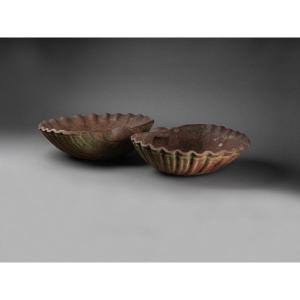




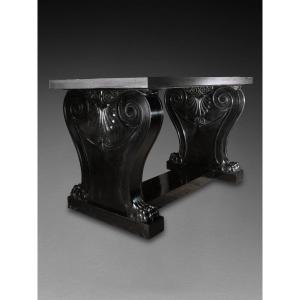




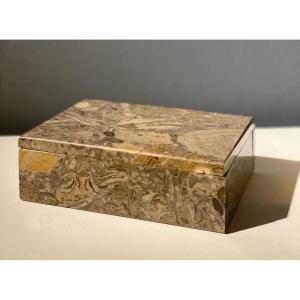
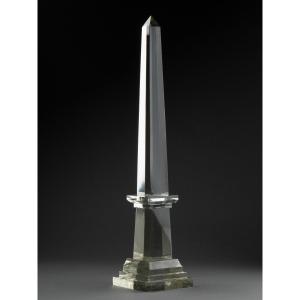
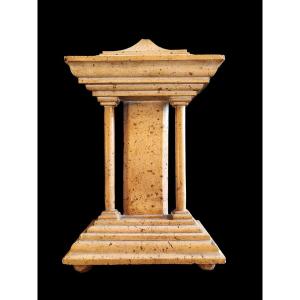
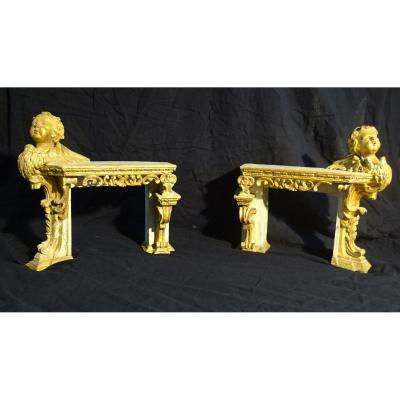
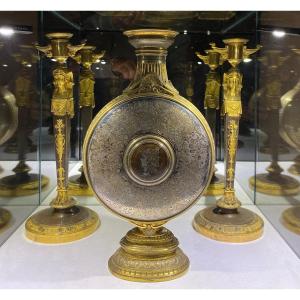





 Le Magazine de PROANTIC
Le Magazine de PROANTIC TRÉSORS Magazine
TRÉSORS Magazine Rivista Artiquariato
Rivista Artiquariato